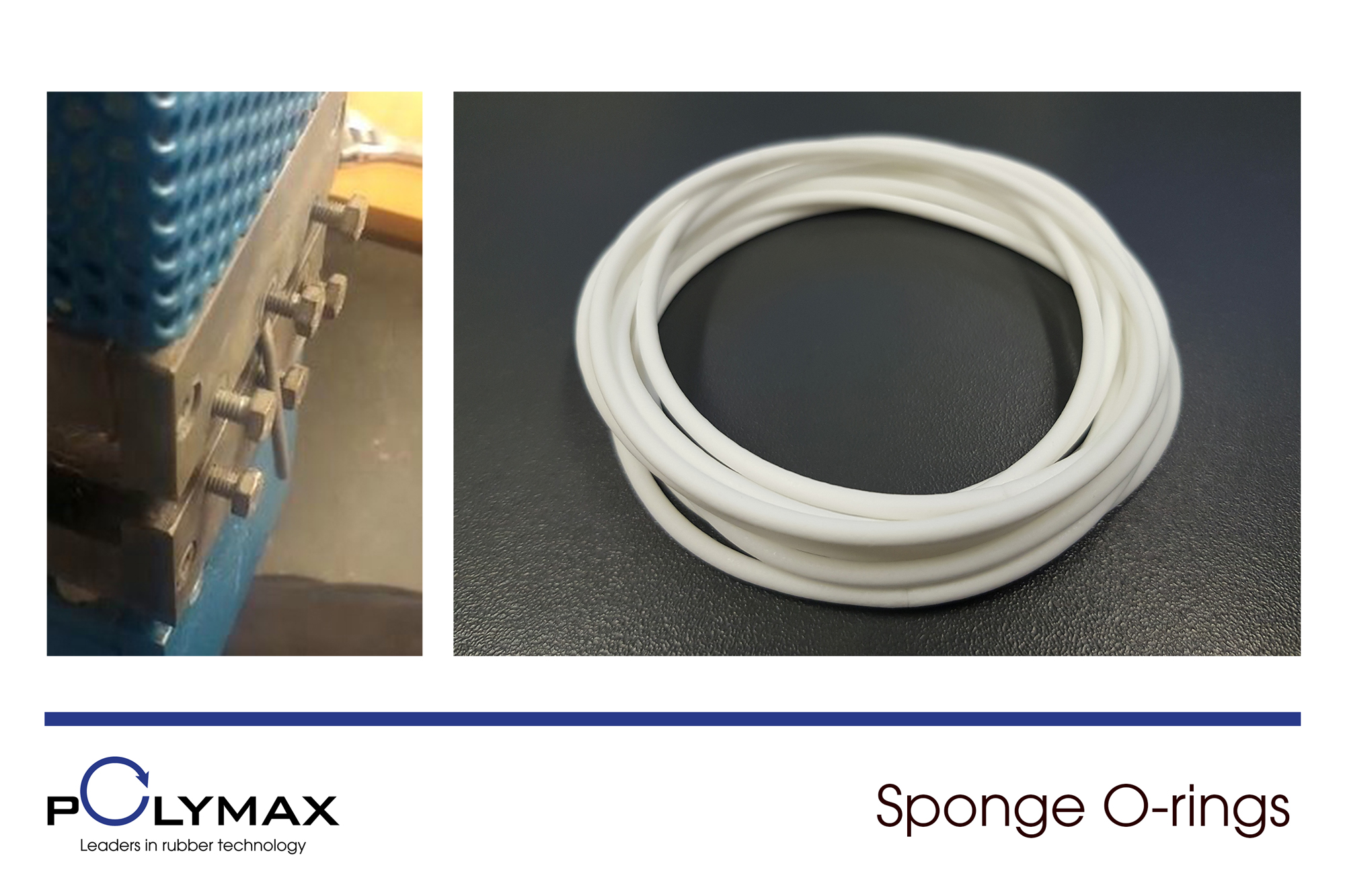 Due to an increase in the demand for sponge O-rings we've developed a way to effectively vulcanise and bond extruded cord. This is great news for anyone who has been using our solid or sponge cords to create custom sized O-rings, as our heat and pressure vulcanisation process creates a far superior join then just using adhesive.
Due to an increase in the demand for sponge O-rings we've developed a way to effectively vulcanise and bond extruded cord. This is great news for anyone who has been using our solid or sponge cords to create custom sized O-rings, as our heat and pressure vulcanisation process creates a far superior join then just using adhesive.
We can join any of our extruded cords larger then 1.5mm diameter and 18.5mm inner diameter.
What Are Sponge O-Rings Used For?
Sponge O-rings are used in static applications and provide a critical seal for housings to reach ingress protecting EN 60529, IEC 60509. Utilised in thermostats, radars, robotics, connectors, terminals, enclosures, LCD screens, monitors and computers.
Sponge O-rings offer the benefit of:
- Closed cell structure to seal against air and water
- Being suitable for use with non metallic applications
- A high compression set resistance (ability to rebound to original thickness)
- Specific characteristics available: fire retardant, oil resistant, UV resistant, ozone resistant, food and drug approved and high temperature materials
- Absorbing irregularities in sealing faces
- Being compatible with ultrasonic welding.
How To Measure Sponge O-rings
To work out the developed length of a seal the following calculation can be used. ID = Inner Diameter, CS = Cross Section, DL = Developed Length.
(ID + CS) x π = DL
DL/ π – CS = ID
We write articles about rubber chemistry to make life easier for engineering professionals. Sign up to our mailing list for bi-monthly content straight from the rubber press.
